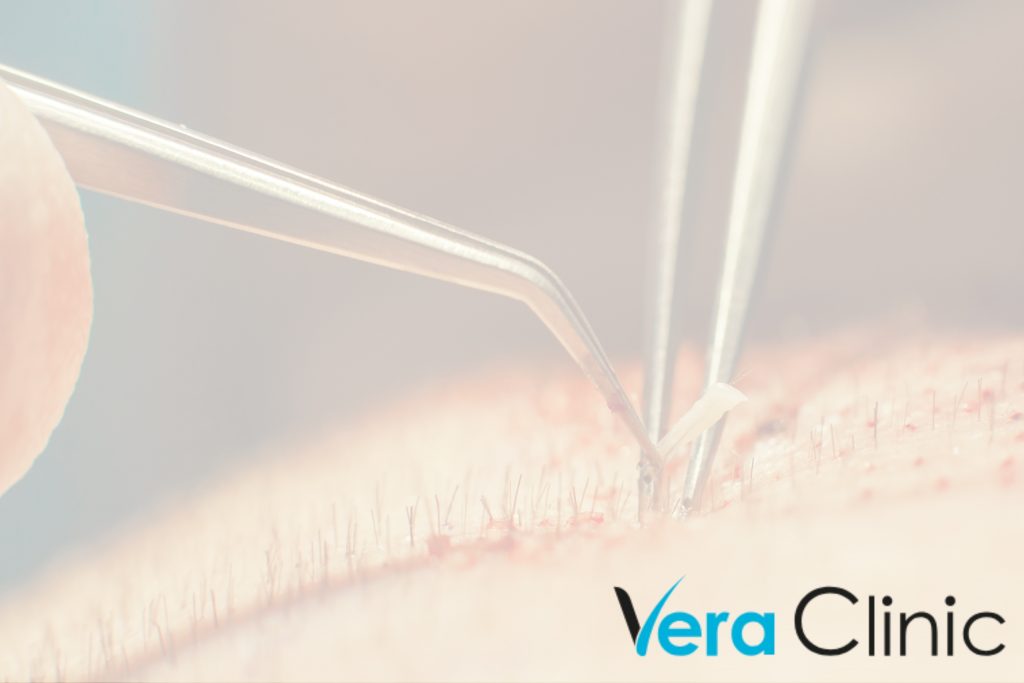Hair transplants are booming in Turkey, with a developing business serving local and foreign patients. Due to its medical tourism, qualified physicians, and low pricing, the nation is a leader in hair transplants.
Turkey’s hair transplant competence started in the 1990s when pioneering surgeons used FUE. This revolutionary procedure allowed individual hair follicles to be removed from the donor location and implanted in the recipient spot without a linear incision or sutures. FUE lowered scarring and recovery time, making it appealing to many patients.
Since then, Turkey’s hair transplant business has grown, with facilities providing beard, eyebrow, and conventional hair transplants. The country attracts international patients because to its reputation for high-quality outcomes at low cost.
The future of hair transplantation in Turkey is exciting. Research and technological advances should improve process quality and efficiency. This article will examine hair transplants in Turkey and the innovations that will change the sector.
Emerging Technologies and Techniques
Turkey, recognized for its hair restoration expertise, might be transformed by new hair transplant technology and methods. Robotics, stem cell treatment, and gene therapy are changing hair transplants, presenting hopeful remedies for hair loss.
Robotics automate hair follicle extraction and implantation, making hair transplants more accurate and efficient. This method speeds procedures with minimum scarring, improving patient outcomes. Regenerative stem cell treatment increases new hair follicle development, which is promising for hair restoration. By using these cells, hair transplants may become more successful and lasting.
Gene therapy may also transform hair transplants in Turkey. It targets the causes of hair loss by altering genes and boosting hair growth. As research continues, gene therapy may provide individualized remedies for diverse forms of hair loss, providing more effective and long-lasting outcomes.
Emerging technology and revolutionary hair transplant procedures might change the Turkish business. Robotics, stem cell treatment, and gene therapy may improve hair restoration techniques’ efficiency, precision, and efficacy, increasing patient results.
Personalized Treatment Approaches
Turkish clinics are rethinking patient treatment choices thanks to genetic testing and tailored therapy. The capacity to assess each patient’s genetic profile and hair features allows these clinics to provide previously inconceivable treatment options.
Clinics can uncover underlying causes of hair disorders and design customized treatment regimens by studying a patient’s genetic composition. Treatments are more effective and efficient when tailored to the patient’s requirements and genetics. Clinics may now provide genetically-tailored lifestyle and preventative advice.
Turkish clinics may now give extremely effective and tailored therapy thanks to genetic testing. Personalized medicine may enhance hair condition results by identifying genetic variables and improving treatment strategies. Turkish clinics will lead the way in using genetic testing to create personalized treatment plans.
Enhanced Aesthetic Outcomes
Turkey is improving hair transplant aesthetics via research and development. The goal is to improve hairline designs and graft survival for more natural outcomes.
Turkish researchers and doctors are constantly inventing and perfecting hair transplant methods to get the most realistic and attractive results. Using innovative technology and creative skills, they build hairlines that match natural growth patterns to blend transplanted and natural hair.
Graft survival rates, which affect transplant success and aesthetics, are also prioritized. To maximize graft longevity, researchers are studying harvesting, storage, and transplanting procedures. To obtain more natural-looking and long-lasting outcomes for Turkish hair transplant patients, these characteristics are regularly improved.
Non-Invasive Alternatives
In hair restoration, non-invasive hair transplants are gaining popularity. Platelet-rich plasma (PRP), low-level laser therapy (LLLT), and topical therapies are being considered surgical options. Patients may treat their hair loss issues without invasive procedures like FUT or FUE with these non-invasive solutions.
Platelet-rich plasma (PRP) treatment injects a patient’s concentrated platelet-rich plasma into the scalp to promote hair follicle development and health. LLLT uses laser light to stimulate hair follicle cell activity, boosting hair growth and minimizing hair loss. Minoxidil and finasteride may also be administered to the scalp to treat hair loss.
Turkish clinics are adding these non-invasive treatments due to their success. Patients seeking effective hair loss treatments without surgical risks or delay desire these remedies. Technology and research are improving these non-invasive hair loss treatments, making them promising.
Telemedicine and Virtual Consultations
Telemedicine and virtual consultations have transformed Turkish hair transplantation. Patients used to fly to Turkey for initial consultations and follow-ups, which was cumbersome and costly. Modern technology allows Turkish clinics to communicate with patients worldwide via telemedicine platforms, making them more convenient and accessible.
Telemedicine lets people consult with top hair transplant surgeons from home. Patients may discuss their issues, post hair loss photos or videos, and obtain expert advice and suggestions online. Virtual consultations benefit patients and clinics. Patients save time and money on travel, and clinics may reach more patients without geographical restrictions.
Additionally, telemedicine and virtual consultations have not harmed treatment quality. Turkish clinics use cutting-edge technology to provide patients an immersive and interactive experience. This includes high-resolution video conversations, encrypted medical record exchange, and augmented reality visualizations and simulations.
Turkish hair transplantation clinics may now serve international patients more easily and conveniently thanks to telemedicine and virtual consultations. It has enabled patients and surgeons to communicate and interact remotely.

Conclusion
In conclusion, the future of hair transplants in Turkey looks promising as it is driven by a range of exciting prospects and potential developments. Emerging technologies are expected to revolutionize the field, providing more effective and efficient treatments for hair restoration. Personalized treatment approaches will allow for tailored solutions that address the unique needs of each patient. Enhanced aesthetic outcomes will ensure that individuals achieve natural and transformative results. Non-invasive alternatives are also being explored, offering less invasive options for those seeking hair restoration. Additionally, the integration of telemedicine will make it easier for individuals to access expert advice and guidance remotely. Therefore, individuals interested in hair restoration treatments should stay informed about the latest advancements and consider Turkish clinics as leading destinations for cutting-edge solutions. With continued innovation and improvement, the future of hair transplants in Turkey holds hope for those seeking effective solutions to hair loss and baldness.

